Barron’s Energy Insider | In Partnership with OPIS | Video – August 11, 2025
Watch: Barron’s Senior Energy Writer Laura Sanicola and OPIS Senior Editor of US Solar Colt Shaw discuss what’s ahead for energy this week.
Watch this week’s episode for insights into the state of the global solar market, exploring the influence of US trade policy and potential changes to solar tax credits alongside the resulting uncertainty and shifts in the solar supply chain.
Transcript:
LAURA SANICOLA: Hi, everyone. This is Laura Sanicola, author of Barron’s Energy Insider newsletter, and I’m here today with Colt Shaw, head of US solar for OPIS. Colt, thanks for being with me today.
COLT SHAW: Yeah. Thanks for having me back.
SANICOLA: So I wanna talk about some developments in the solar industry since the passage of the one big beautiful bill earlier this summer. Can you catch us up on the developments that have impacted solar manufacturers and panel exporters since then? Because I know there have been some additional changes in the industry.
SHAW: Yeah. So since early July, we’ve been in this kinda weird limbo stage. Trump basically ordered Scott Bessen to update guidance on how you can secure tax credits for solar farm developers mostly.
And so he has until mid-August to issue that new guidance. And so until then, a lot of, you know, module purchasers, solar farm developers, residential installers are just kind of unsure about whether they should go ahead and make any purchases. They don’t know if any money they spend is going to be in vain, and they don’t know exactly what the rules are. And so it’s kind of eaten into a little bit of this runway that they had to secure their tax credit over the next year.
On top of that, last week, finally, reciprocal tariffs kicked in. So, some very high rates on countries that are major suppliers in the solar supply chain, including Laos, Indonesia, and India. And then just yesterday, Trump doubled tariffs on India to fifty percent. So there’s just a lot of swirling uncertainty that we thought might be answered by now, but we’re kind of still in the thick of it for now.
SANICOLA: So if you could go into a bit more detail on the impact of the reciprocal tariffs. I know that India is a major exporter of solar equipment to the US. What do the reciprocal tariffs mean in terms of trade of solar equipment between the US and India, and who ultimately bears the costs?
SHAW: Yeah. I mean, India has been trying to break into the US market for probably about a year now to much less success than the Chinese companies that are kind of used to doing this whack a mole game and picking up and moving their factories pretty quickly.
Indian companies try to take advantage of some of the uncertainty, but to less to less success. And I will say that some of my Indian manufacturing sources, once the once the reciprocal tariffs kicked in last week, are basically, like, it’s kind of untenable to sell from India to the US.
There’s a few companies that have kicked around and one major one that is manufacturing in the US. But I think a lot of the other companies, a lot of the smaller manufacturers are just going to maybe focus on, you know, their their own domestic market, whereas Laos Indonesia hosting Chinese companies will probably continue this game of whack a mole and and continue up down the line. But pricing is going up for, you know, buyers in America regardless.
And these tariffs are even driving up prices for, you know, domestic manufacturers as well because they’re relying on sales from these countries. So these new tariffs are basically driving up pricing across the board, and I I don’t see it coming down at least anytime soon.
SANICOLA: Before I let you go, I know there’s been an update as well on the anti dumping investigation across Southeast Asia that’s been ongoing for several months now. What’s the latest there?
SHAW: The Department of Commerce basically said they have enough to kind of initiate the investigation. They’re they’re alleging pretty steep rates. The petitioners, I should say, it’s First Solar, Q Cells, Mission Solar in Texas. So they’re alleging pretty high rates, so these could lead to new tariffs, which we could know by later in the fall or early winter, I would say.
They’re looking at preliminary determinations from the ITC, which looks at the kind of material injury that these allegations could have on the domestic industry. And then the DOC, which actually kind of sets the tariffs, will set you know, come out with their preliminary determination later in the fall. And at that point, you should see pricing start to to rise on the back of those new tariffs, which will be finalized in the spring. So price price hikes coming regardless.
It’s just about when at this point.
SANICOLA: Alright. Thanks for bringing us up to speed, Colt, and thanks everyone for joining us. We’ll see you next week.

